Marketing Analytics Strategist
Data visualization made easy with Google Data Studio 360
Marketing Analytics Strategist
Google is creating buzz in digital circles, among other things with the launch of the Google Analytics 360 suite of tools, which includes the new dashboard tool, Data Studio 360.
The only free tool in an otherwise mainly paid suite of Google products, Data Studio is resolutely interactive and collaborative, as much in terms of data design as reporting. The free version limits each account to 5 reports, as opposed to 1,000 in the paid version. Currently available in Beta in the US only, it should be available in Canada soon.
As with the Google Analytics interface, the interface is very intuitive.
The tool is divided in two main parts: data selection, and dashboard construction.
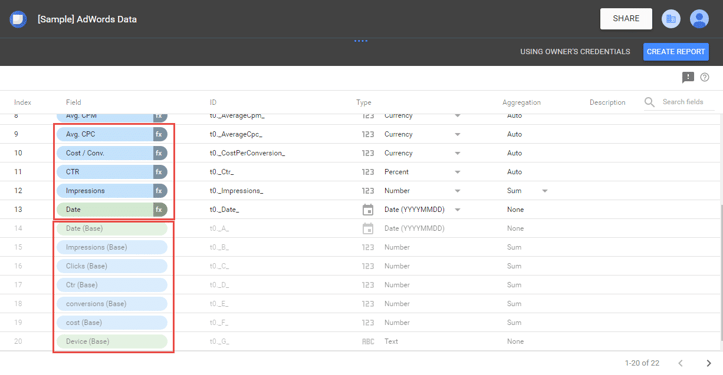
Data selection is undoubtedly the more technical and less intuitive part of the tool, in the sense that a good understanding of data structure is needed to be able to use the tool to its full potential. Among the significant advances on offer, we noted, among other things, the ability to create custom dimensions and metrics using formulas.
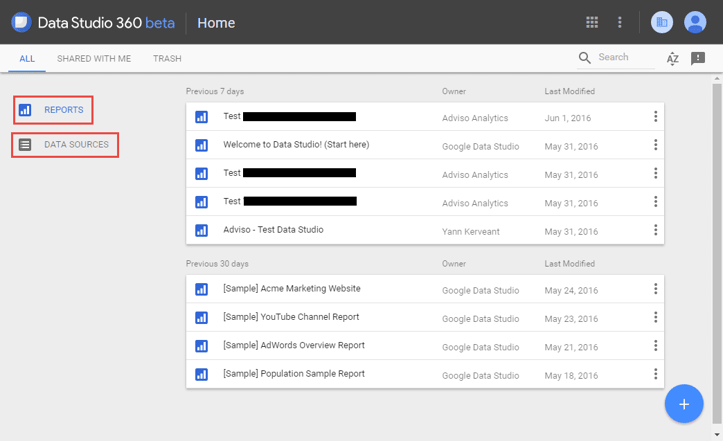
For now, only Google data sources (AdWords, Google Analytics, YouTube, Big Query, Attribution 360 and Google Sheets) are natively integrated, but the integration possibilities are immense. And still, the current limitations can be worked around by doing an export to Google Sheets.
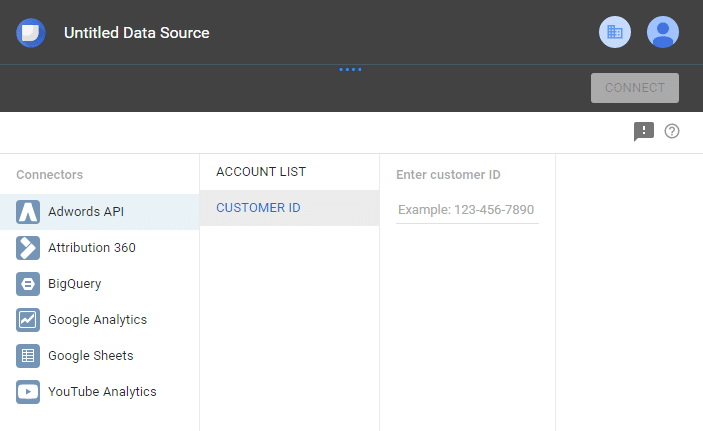
Dashboard creation is extremely intuitive – Google doubtless wanted to keep an element of fun in this tool. The interface is divided into three sections: the center section allows you to preview dashboards, the top section allows you to create elements, and the lateral panel allows you to select data for each module and set parameters, as well as stylize the data. An article by Felipe Hoffa (developer advocate at Google) gives a good example of this. In just a few clicks, he linked his databases and created a dashboard. The collaborative aspect is also well developed; several users can collaborate in real time on the construction of the same dashboard, and leave comments, like in the Google office suite.
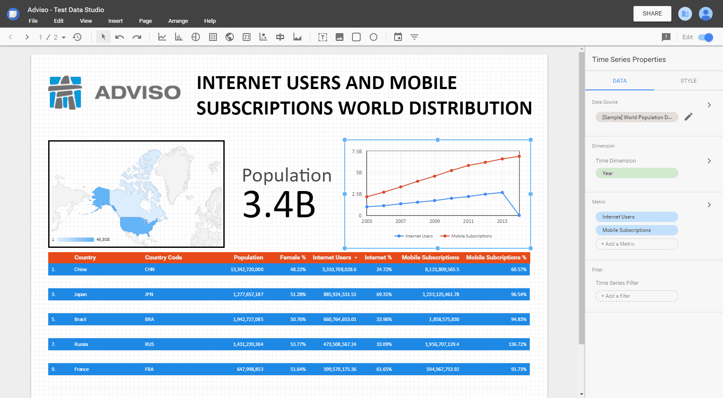
Finally, data reporting gives the user a great deal of control. Users can set a range of dates for analysis, or sort columns as they choose. It should also be noted that static exports (in PDF format, for example) are impossible, since Google’s intention was more to create updatable templates rather than static reports, in order to further minimize reporting time, and maximize analysis, which is the real value-added of these reports.
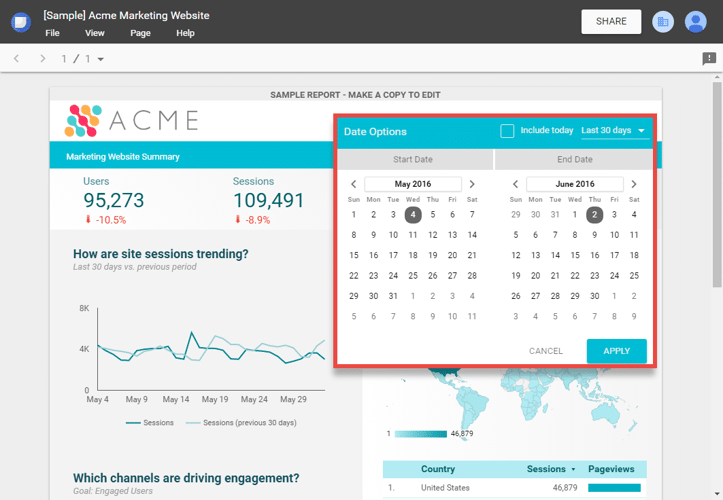
This tool is very promising, since it brings even more flexibility to the creation of custom dashboards. Leaving lots of room for our creativity, we will soon be able to concentrate even more on the why of our dashboards, rather than the how. As mentioned by evangelist Avinash Kaushik in his legendary article – already ten years old now – even the best analytics tool can’t fulfill its mission alone, it needs to be paired with a human resource. I also invite you to read Anne-Sophie Guillou’s excellent article from last month, highlighting the importance of defining objectives, strategies, and tactics in web projects, a basic foundation too often neglected in the process of data analysis.

-1.png)
-1.png)






